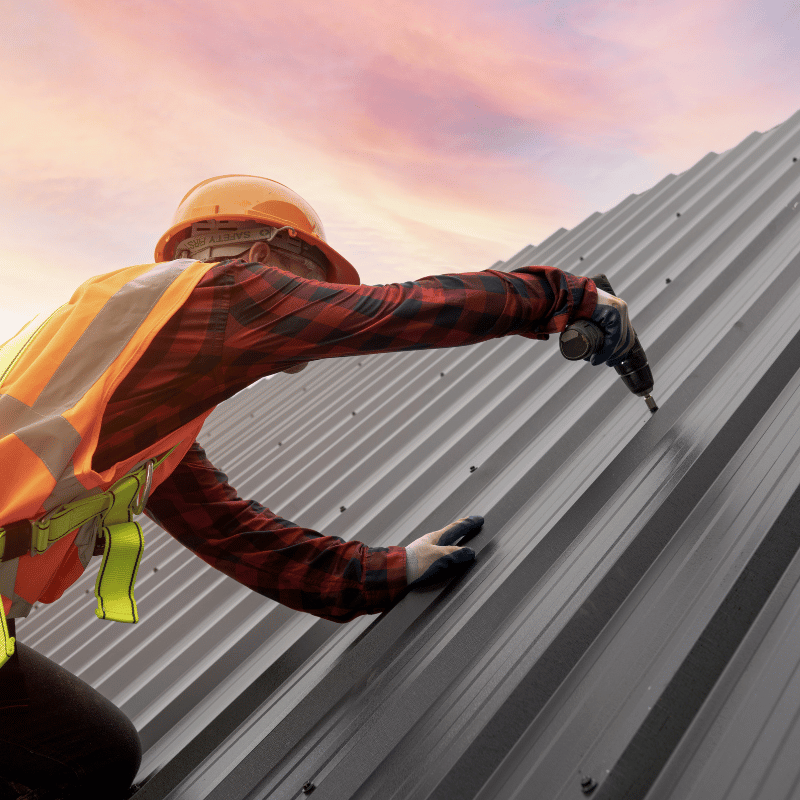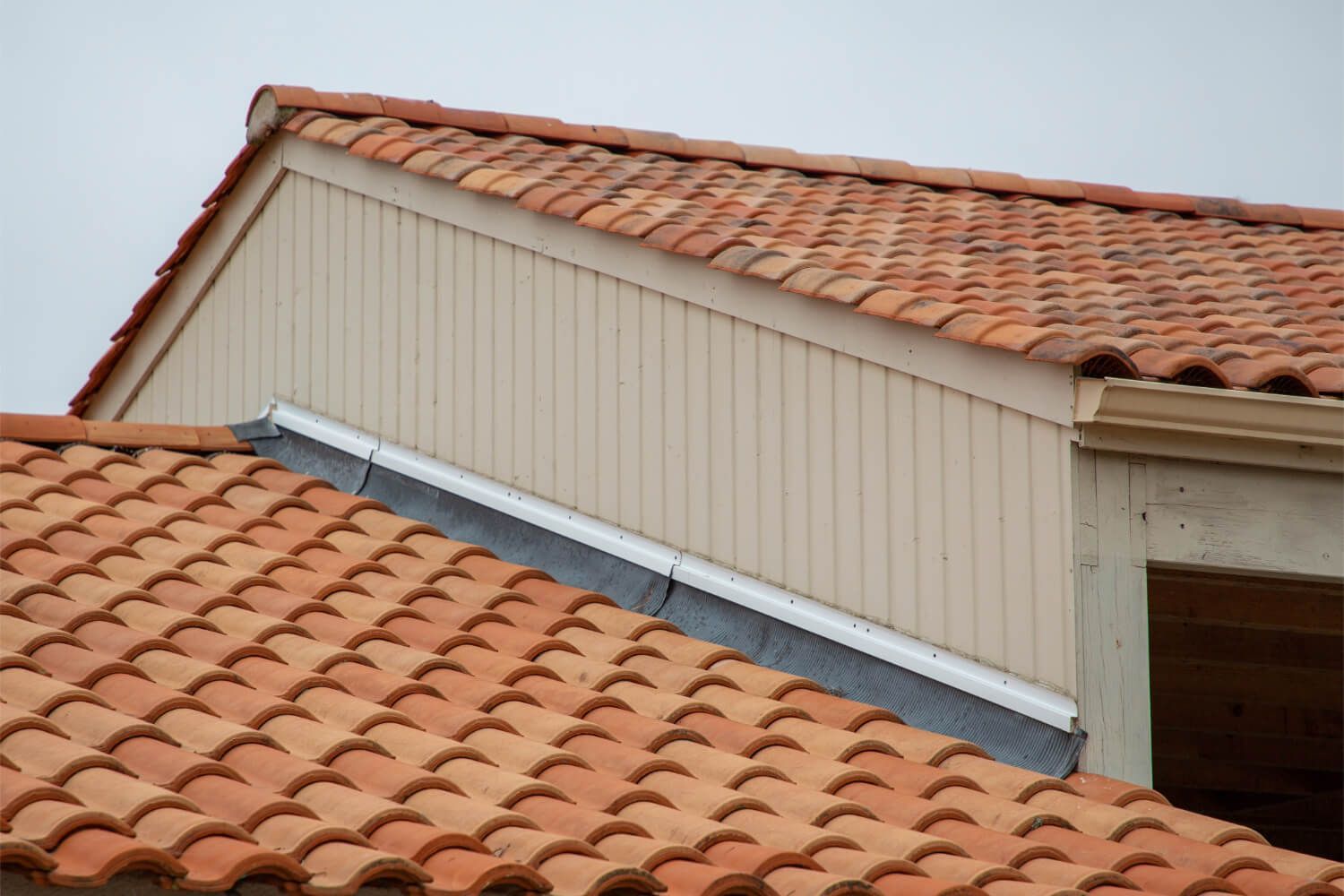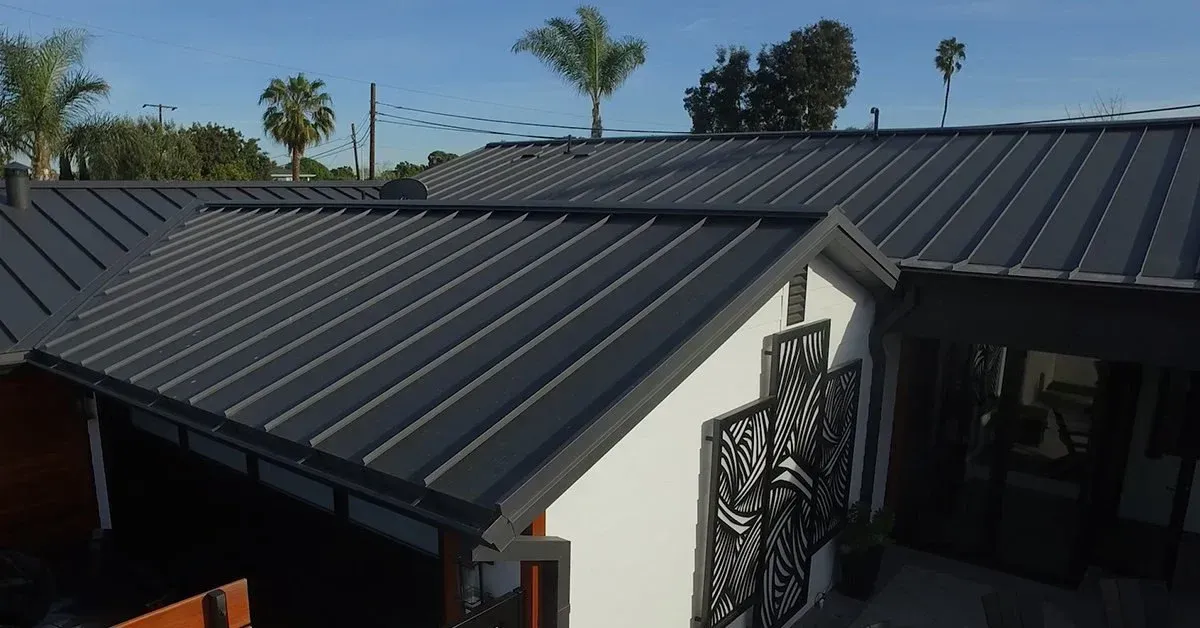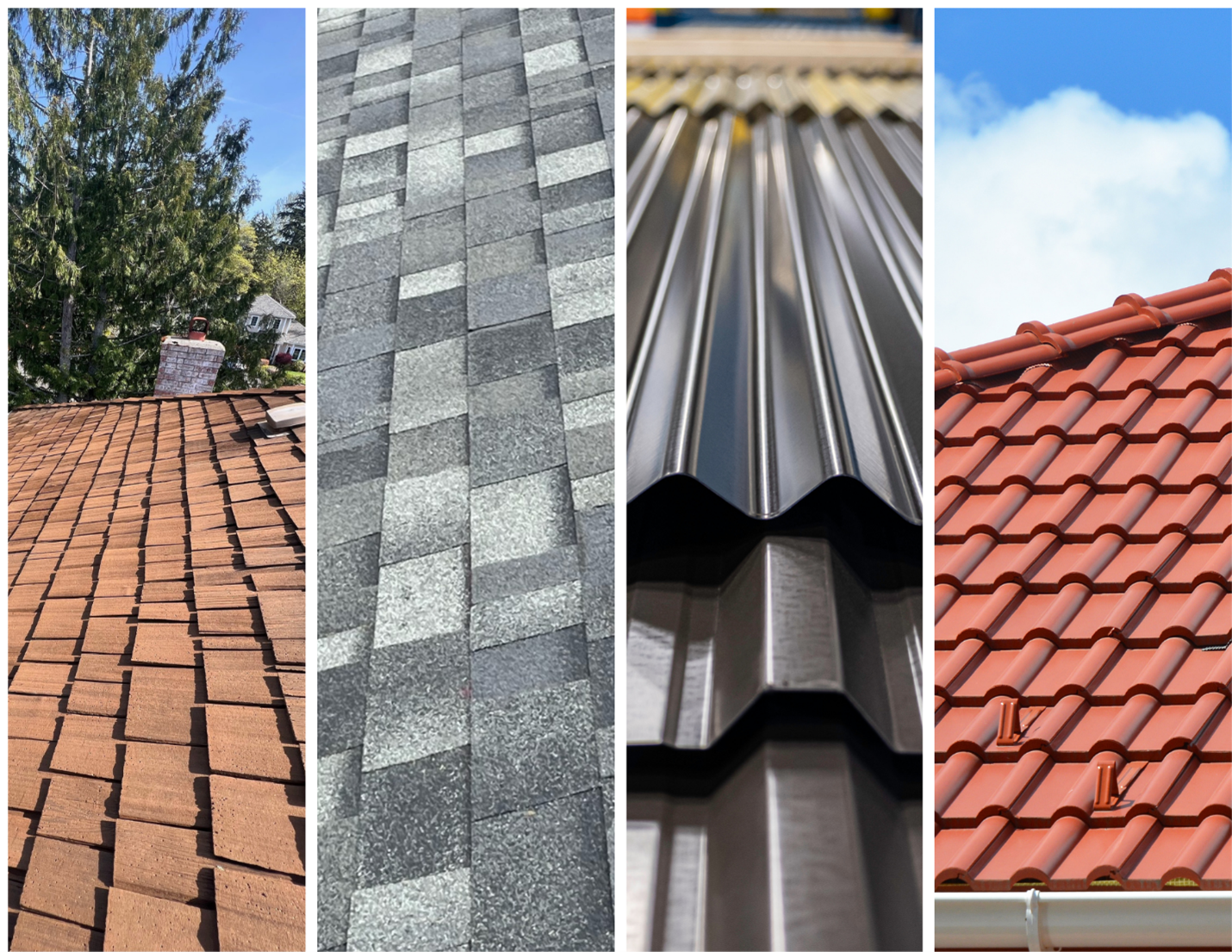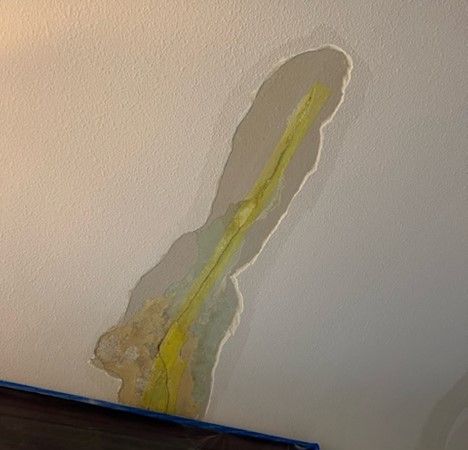It may seem like a waste to replace all your siding at once when only a portion of it has been damaged. That is why it is a common question among homeowners whether it’s OK to just replace a specific board or section of their home siding or not.
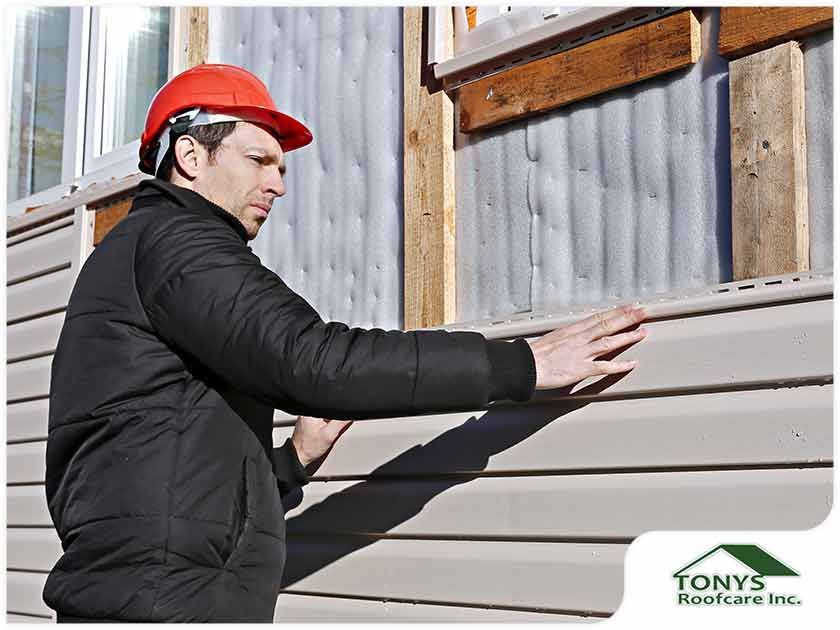
Replacing Boards and Panels
In general, it’s OK to replace only a particular board or section of your siding. However, experts still suggest avoiding it unless absolutely necessary.
In cases wherein an errant baseball or a storm caused one board to crack, you can opt to replace that particular board with a new one. The single-board siding replacement usually works in siding made from vinyl, aluminum and fiber cement. Just be careful in carrying out this job because it can be easy to damage the surrounding siding when you are removing and replacing a single board. That said, make sure to call a professional to handle this task for you.
Replacing Sections of Your Siding
In some cases, the damage occurs on an entire wall or a large section of the siding. This usually happens when cheap vinyl has been exposed to excessive heat, aluminum panels have been accidentally dented, or wood panels have been affected by rot or mildew.
These circumstances naturally require the replacement of the large sections, so you can have a professional saw out these affected portions and replace them with new material. Take note, though, that this may result in uneven siding color and performance since the new siding hasn’t gone through the same weathering as the older parts. For this reason, some homeowners opt to replace an entire wall of siding if the damaged section is too large.
Tony’s Roof Care is a locally owned company that offers top-notch roofing and siding services. Whether you’re looking for the best roofer or siding installer in the area, rest assured that our team can meet or exceed your expectations. Call us at (253) 881-8743, or fill out our contact form to request a free estimate.
Recent Posts
